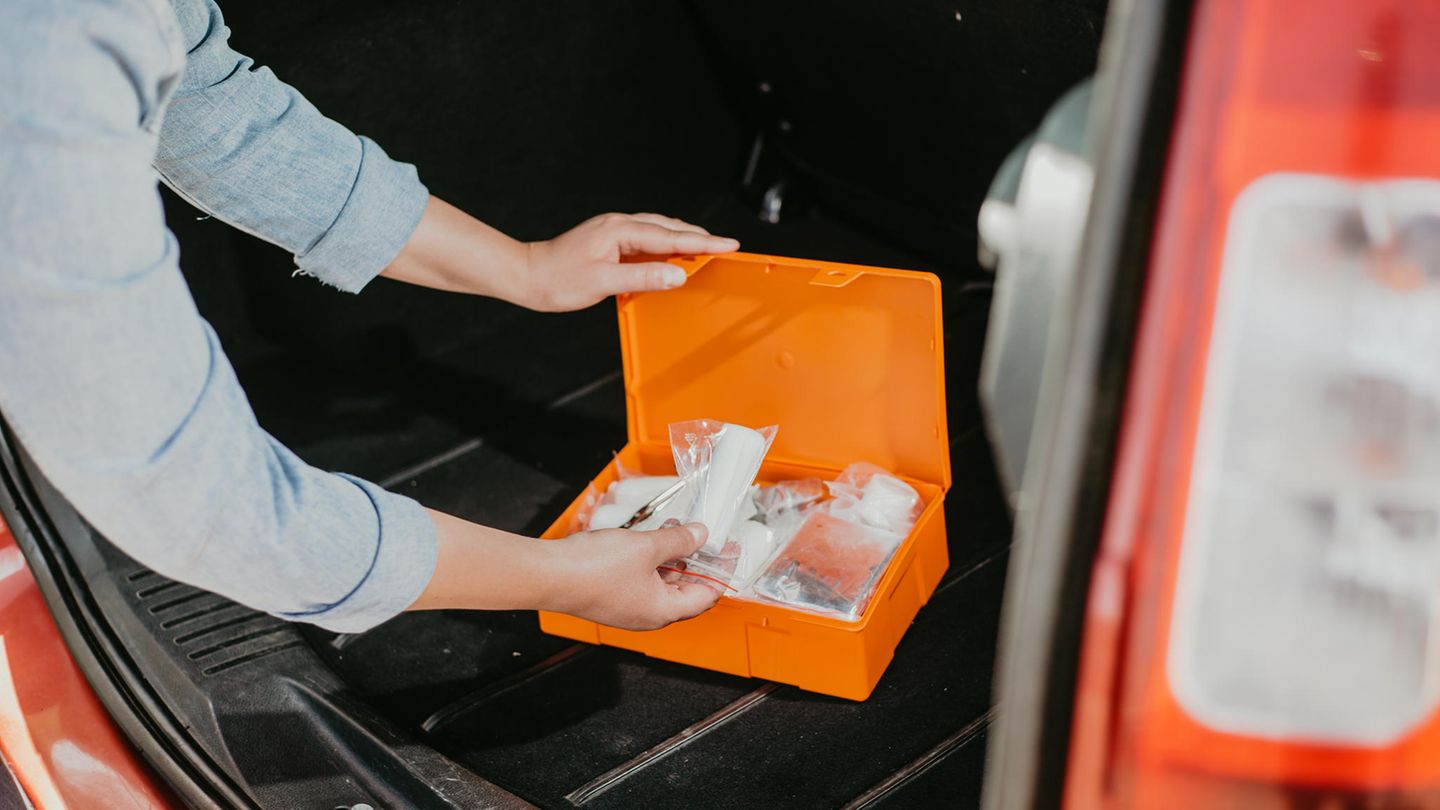I’m a recent graduate of the University of Missouri with a degree in journalism. I started working as a news reporter for 24 Hours World about two years ago, and I’ve been writing articles ever since. My main focus is automotive news, but I’ve also written about politics, lifestyle, and entertainment.
Menu
Car first aid kit: These bandages are mandatory
Categories
Most Read
Car thefts in 2025: These models are the criminals’ favorites
October 19, 2025
No Comments
Driving at night with better visibility: These car headlights help
October 18, 2025
No Comments
Quiz for drivers to refresh themselves: Who has the right of way here?
October 17, 2025
No Comments
Speed limit: When does the sign with the snowflake apply?
October 17, 2025
No Comments
Average speeding: another outstanding debt to reduce road accident rates
October 16, 2025
No Comments
Latest Posts

Formula 1: Perfect Texas ride for Verstappen: World Cup opportunity “is here”
October 19, 2025
No Comments
PierceI am Pierce Boyd, a driven and ambitious professional working in the news industry. I have been writing for 24 Hours Worlds for over five

Formula 1: Perfect Texas ride for Verstappen – World Cup leader weakens
October 19, 2025
No Comments
PierceI am Pierce Boyd, a driven and ambitious professional working in the news industry. I have been writing for 24 Hours Worlds for over five

the business climate of Argentine exporters
October 19, 2025
No Comments
Fernando Landa, president of the Chamber of Exporters (CERA), He assured in dialogue with Ámbito that he does not observe a conflict in terms of
24 Hours Worlds is a comprehensive source of instant world current affairs, offering up-to-the-minute coverage of breaking news and events from around the globe. With a team of experienced journalists and experts on hand 24/7.

